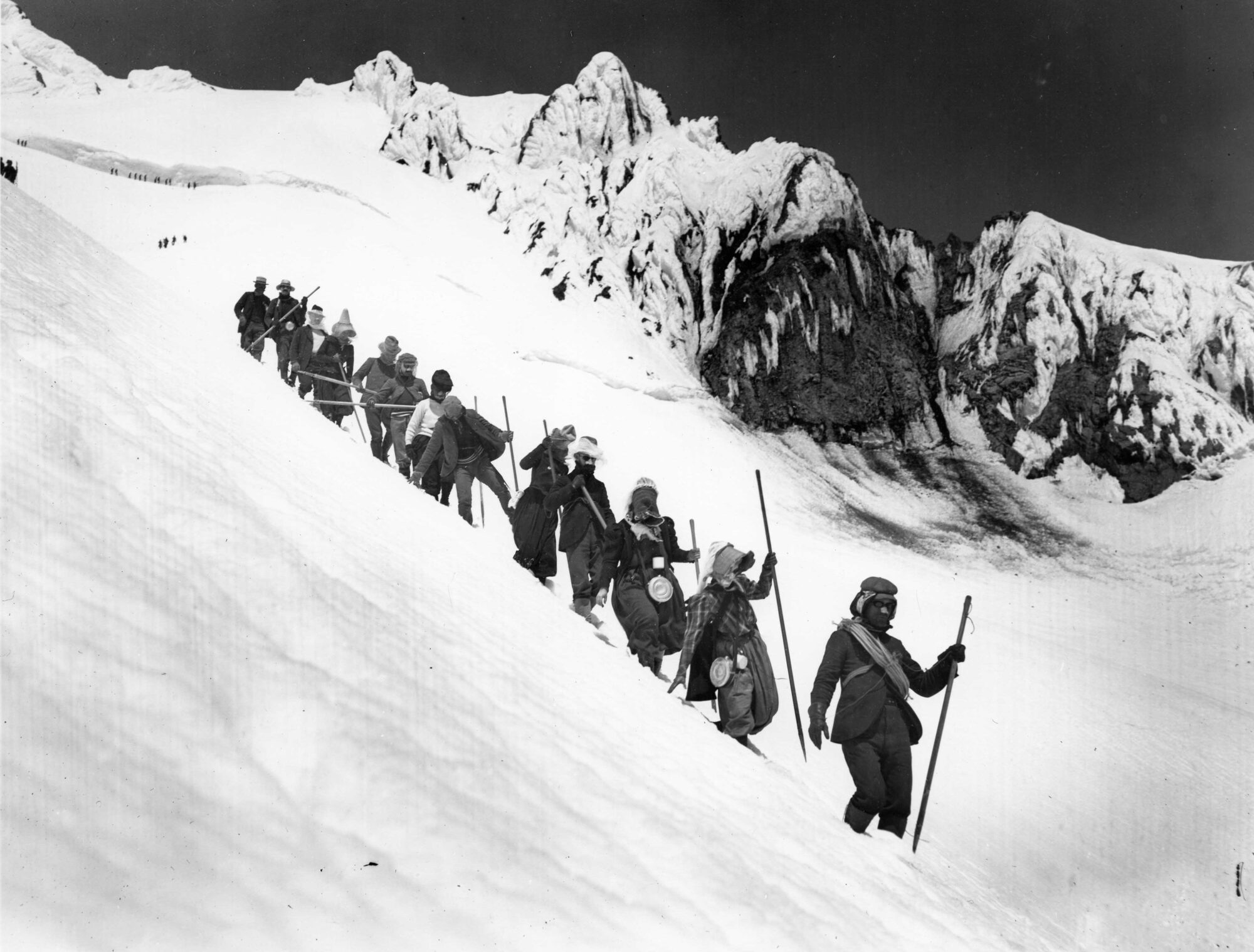 |
| Descending Luna Peak. Photo: Eugene Lewins |
by Eugene Lewins
Planning a great season of climbs next year? Why cross-train? After all, cross-training is not intuitively better for maximizing sport performance. The best way to get ready to win the Tour de France, for example, may not be running or lifting weights but … to ride your bike more!
But climbs are not really one activity, like rowing or bike-riding, with a very specific set of muscles and movement skills. To be an all around alpine climber, you have to be something of an all around athlete. Take this northwest classic for example—Luna Peak. On the edge of the Northern Picketts, the 8,000-foot summit gives views into arguably the most remote country in the lower 48. But accessing that takes more than humping a pack along the ten miles of Big Beaver Trail. From the end of the trail, crossing the fast-flowing river on a partially-submerged log requires balance skills. Heading up the bushwhack Access Creek, climbing over downed old-growth trunks and pushing through bands of slide alder, takes upper body strength. And if, like us, you end up running from a stinging bee swarm, your sprint power will be put to the test.
All of which is before the actual alpine climb itself—with it’s own challenges of cardio pumping gullies, steep heather slopes demanding ankle-flexing traverses, and mind-body steadiness on the rock scramble finish.
Okay, so widening my movement skills and power resources would be good. So where to start?
One place is to take an honest evaluation of what you like and do well at now. Do you go down to the gym and push weights? Do you put on a day pack and hike up the fire lanes in Forest Park? Do you swim to take a break from wearing rain gear?
A simplistic approach might divide training into cardio, core-work, arm/leg strength, flexibility or balance. Note what you are focusing on now, and choose an activity that is complementary, not just different. For example, if you are really into bouldering now, a strength intensive activity, perhaps pumping iron isn’t going to be that much of a cross-train. Instead choose something that is more about cardio, such as hill walking. Or, if you are into hill walking now, maybe this winter is the time to dare trying a Pilates mat class to boost core strength. And if you feel balanced between cardio and strength, have you been too busy up to now to accept your friend’s invitation to their favorite mind-body balancing flow Tai Chi class at the Rec Center?
A word of caution. Don’t assume that you can simply add another activity to your existing schedule, especially if it is filling what was previously a rest day. As you start something new, listen to messages from your body if you are sore or fatigued. Overloading, particularly while you are learning new
alignment, could cause injury. This is why the off-season—yes, that is NOW, when you won’t have to ramp down your conditioning right before a climb—is a great time to start cross-training.
This is the first in a series of posts. Upcoming post: Goal Setting, Reducing Injuries, Specific cross-training exercises for climbers.


